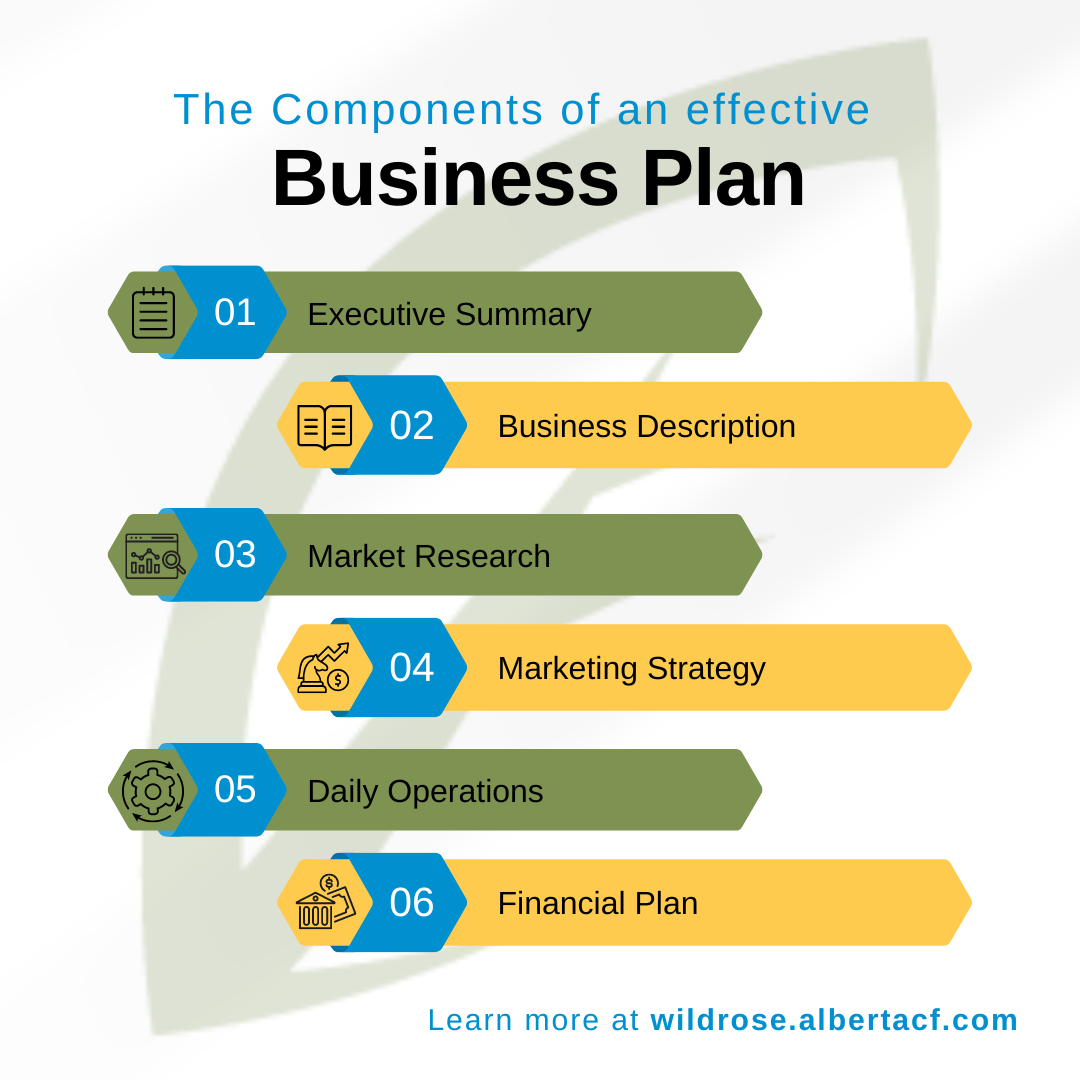Writing a business plan is one of the first steps you should take when starting a business. A business plan will help you define and legitimatize your ideas. It will help you get organized so that you can quickly see success. However, Business Plans aren't just for startups.
Even established businesses should review their business plans regularly. In addition to attracting investors, a well-drafted business plan will help you redefine your company's objectives and stay on top of marketing trends. Watch our video: Small Business Basics: Business Planning to learn the basics of forming a simple business plan.
Having an exciting idea is not the same as creating a business plan. Business Plans are formal written documents that outline the goals and strategies of a company.
There are six main components of an effective Business Plan, starting with the Executive Summary.
Executive Summary
Your Executive Summary is a little like an elevator pitch. You want to introduce your company and briefly summarize your Business Plan. This is meant to capture the interest of your target audience and make them want to look deeper into your business. Your Executive Summary should list your business name, location, and mission statement.
It should tell your story and introduce what you sell and why you are a sound investment. Because this is a summation, it is best to write this part last when writing your Business Plan.
Business Description
Next comes the Business Description. In addition to providing an overview of your business, a Business Description gives you the chance to share what traits and experiences you have that help you succeed. A business description should explain what you do and what makes your business unique.
Explain the Who, What, When, Where, and Whys of your business by telling your audience about your products and services, your core purpose and values, and your goals and achievements.
Market Research
Show your audience that you have done your homework with the Market Research section of your Business Plan. Give your reader an idea of the size and health of the industry your business will be entering. Explain what factors affect your industry, including social, economic, geographical, and government. Give a general market analysis with the use of your secondary research.
Then, describe your ideal customer, giving information on demographics and psychographics. Finally, provide competitor analysis. Talk about who else in your market sells similar products or services and how you will differentiate yourself from them.
Marketing Strategy
After doing your research and presenting it in the Market Research section of your Business Plan, it is time to create a Marketing Strategy. Now that you know your target market and ideal customer, you must identify your products and services as well as pricing, distribution, and promotion strategies. This looks like your branding and packaging, your sales and discounts, where your business can be accessed, and how you will advertise yourself so you can be found.
To help you and your reader better understand the factors that influence each decision and strategy your business takes, you should also complete a SWOT analysis (Strengths, Weaknesses,
Opportunities, and Threats).
Daily Operations
Next, you will define the processes and workflows used to deliver your products or services. This is the Daily Operations section of your Business Plan.
Here you can also illustrate what makes you and your staff the right team to run this business. Illustrate for your reader how everything from manufacturing to after-sales service happens in your company. Talk about the equipment and systems used and what permits, licensing, and education are required for you to operate.
This is also where you can define any company policies from handling staff schedules to customer complaints. Tell the reader your vision for your company’s culture.
Financial Plan
Business owners are dreamers. Those who dream may not like being held back by concerns about finances, but your Financial Plan is critical to your success.
For existing companies who are seeking investors, it is important to include income statements, profit and loss statements, cash flow statements, and balance sheets in the Financial Plan section.
In the case of a new business, you may also need to discuss start-up costs. You will need to provide estimates for costs of tools and equipment, inventory, supplies, systems setup, materials, and professional fees. You will also need to consider overhead costs, which are your ongoing monthly costs like rent, wages, and utilities.
Then you can provide your reader with your Sales Forecast and Breakeven Analysis. After this, explain the financial risks involved and what you plan to do to counter them.
Let your reader know that you have thought of everything by including a backup plan. Explain how you will repay your debt obligations in the unfortunate case that things do not turn out according to plan.
Just like starting a business, writing a Business Plan is a huge undertaking that can feel overwhelming. However, it is critical for success. Use our Business Plan Tool from our partners at Business Link.
This free tool simplifies the process of creating your business plan by walking you through the steps from start to finish while providing tips and examples along the way.
We have many other free business tools and resources to help you with all the considerations that go into starting your own small business.
Schedule a one-on-one meeting with our Analyst today! Contact us for your free consultation by e-mail at
Community Futures is here to assist you.





